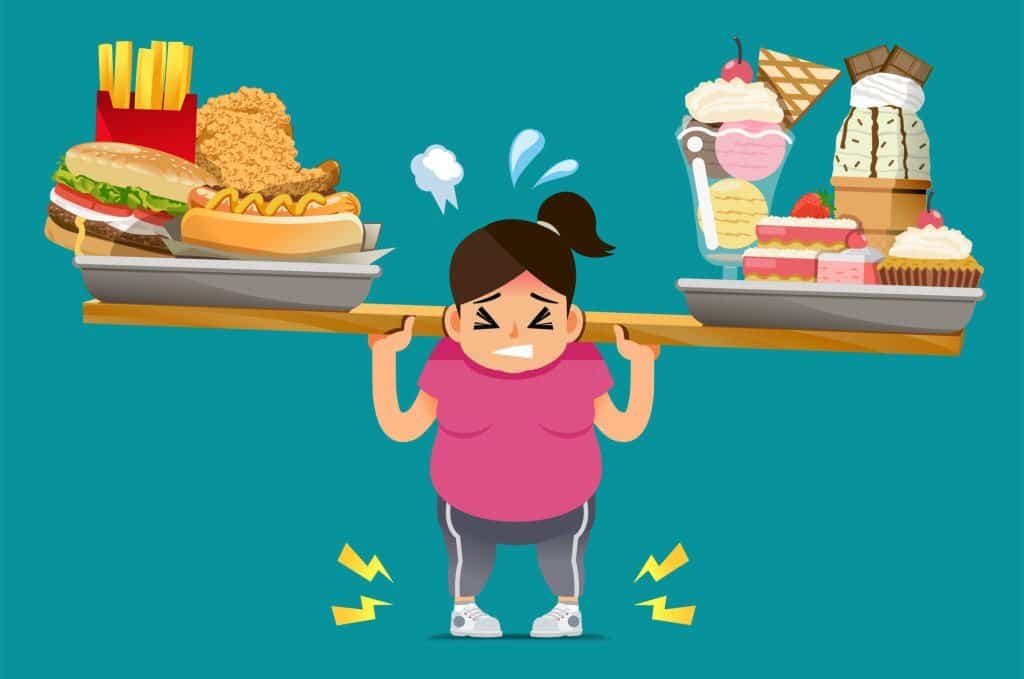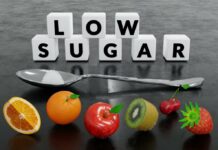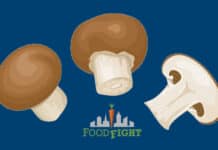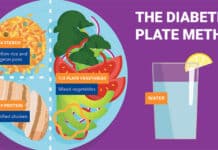Start here if you want to lose weight, get healthy, reverse disease, have more energy, and/or finally succeed in transforming your eating habits.
This article is called “Your Nutrition Transition,” designed to completely transform your nutrient intake and health. These 4 steps are the most important for making lasting diet changes that endure beyond food cravings and minor setbacks.
How Long Should Your Nutrition Transition Take?
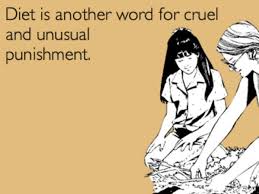 This is called a “transition” because transitions take time.
This is called a “transition” because transitions take time.
It’s very rare that someone can completely change their life overnight after forming their lifestyle habits over many years.
We would say maybe 1 person in 50 can accomplish this kind of intense, rapid reversal.
The people we’ve seen an exhibit that kind of discipline are mostly athletes.
We take care of many MMA fighters in our area – both amateur and professional – as well as high school athletes, and they seem to just flip a switch in their minds when it’s time to cut weight or prepare for a competition.
They do a complete 180. And they do not slip. They consider cheating a defeat, and defeat isn’t in their vocabulary.
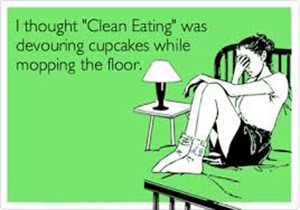 For the rest of us, however, any lifestyle transition takes time.
For the rest of us, however, any lifestyle transition takes time.
If you’re setting out to reconstruct your eating habits, give yourself a year to reach your goals. That’s the timeline you should have in your mind.
The key is to make almost imperceptible adjustments over time – the kind of changes that you barely notice.
After one year of doing this, your life will be completely different, and you will have avoided the misery of depriving and starving yourself.
The ultimate goal is to eat healthier for the rest of your life, so this slow process makes more sense than trying to overhaul your entire daily routine in just a few weeks.
The First Step in Transforming Your Diet
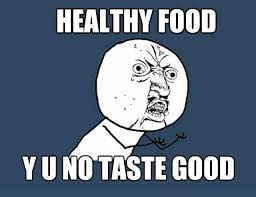 The first step in your nutrition transition is making a list of your 5 favorite fruits and vegetables. For this to be effective, though, they need to be eaten raw and fresh – nothing from a can or bag.
The first step in your nutrition transition is making a list of your 5 favorite fruits and vegetables. For this to be effective, though, they need to be eaten raw and fresh – nothing from a can or bag.
They need to be foods the Earth made and that have not been changed in any way – like grapes, bananas, spinach, berries, celery, carrots, avocados, apples, etc.
Once you’ve identified your 5, you’ll start eating one of those 5 foods every time you eat, whether you’re making a meal or having a snack.
The purpose of this is to resensitize your palate to the whole, natural foods and reintroduce them to your body regularly.
Raw fruits and vegetables are delicious! If you don’t agree or think they’re bland or boring, it’s most likely because you’ve destroyed your palate with processed, fake food over the years.
Phase 2: Reduce Non-Produce Portions
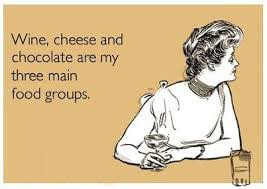 Part 2 of this first step is to reduce the normal portion sizes of any food that is not a raw fruit or vegetable.
Part 2 of this first step is to reduce the normal portion sizes of any food that is not a raw fruit or vegetable.
Since you’re adding one healthy item to your meals and snacks, it’s important to reduce your intake of unhealthy things (typically refined carbohydrates, processed food, and sugar), so eventually, you’re eating more real food than fake food.
For example, cut it in half if you made a hamburger for dinner. If you made a bowl of pasta – whatever your normal serving size – cut it in half. If you bought a sandwich, cut it in half. Whatever you’re eating that isn’t fruits and vegetables, cut it in half, and in its place is going to be one of the five fruits and vegetables you’ve chosen.
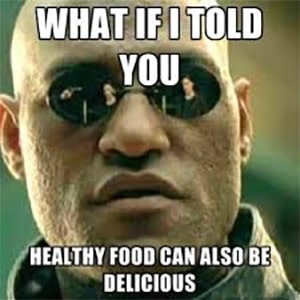 In the beginning, when your body is adjusting to new eating habits, you’re probably going to get hungry. DON’T STARVE YOURSELF!
In the beginning, when your body is adjusting to new eating habits, you’re probably going to get hungry. DON’T STARVE YOURSELF!
You can eat the other half of that hamburger or sandwich later, but guess what? You’re also going to eat another serving from your 5.
As you get used to eating healthier, you may even find yourself craving your 5 at times, but this transformation is going to happen slowly.
So choose your five and go stock up. You might have to buy groceries more often when eating this way because of REAL FOOD ROTS. But honestly, if you only go grocery shopping every two weeks, you’re eating the wrong food. Buy organic if your budget allows. It’s important.
Step 2: One Path to Many Goals
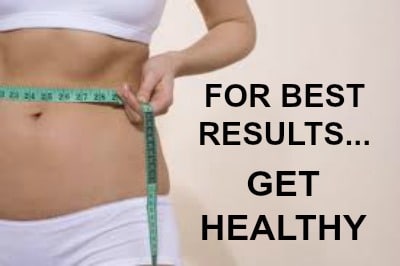 The greatest attribute of the Nutrition Transition is that, regardless of your health goals, the path leading to their achievement is the same.
The greatest attribute of the Nutrition Transition is that, regardless of your health goals, the path leading to their achievement is the same.
You can attain every objective you have about your health by getting healthy.
If your goal is to lose weight, the best way to accomplish it is to get healthy. If you want more energy, get healthy.
If you want beautiful-looking skin or hair, get healthy. If you want to reverse disease, treating disease only changes disease symptoms, so get healthy instead.
Regardless of our individual intentions with the Nutrition Transition, the approach is the same, get healthy.
We call step 2 the “half-purge,” and it’s the first time we’re going to eliminate something from your diet. I also have a technique called “the purge,” but it’s pretty drastic and therefore doesn’t quite fit with this particular process. The whole idea behind the Nutrition Transition is NOT making drastic modifications.
The half-purge isn’t drastic. It is, however, a necessary step and will be hugely beneficial over time.
The Half-Purge: Eliminate Boring, Tasteless Junk
The half-purge entails going through your pantry, cupboards, refrigerator, and freezer and evaluating all the items that are not real food (basically anything in wrappers, bags, and boxes). Then ask yourself one question regarding each:
“If I had to go the rest of my life without eating this, would I care?” and if the answer is no, get rid of it and don’t buy it anymore.
Maybe you’ve got a cardboard-thin, nasty-tasting frozen pizza just sitting in your freezer. It doesn’t have any nutritional value. It’s not particularly tasty, nor will it offer you much enjoyment when you eat it. It’s just an easy way to fill your stomach one day when you’re being lazy, but it was on sale for $5, and now it’s just sitting in there, waiting.
Have you ever really enjoyed a $5 frozen pizza? After eating one, did you ever walk away, thinking, “Wow, I know now what it means to truly live? I must tell everyone I love about this.”
Probably not – unless you were marooned on a deserted island for a week with no food and a $5 frozen pizza was all that was available when you were rescued. Newsflash! Frozen pizzas suck, and you’re going to regret eating yours as soon as you’re done chewing them.
So get rid of it! The longer it’s in your freezer, the higher the likelihood that you’re going to eat it!
If you’ve had a box of elbow pasta in your pantry for two years, get rid of it. Those marshmallows in the cupboard that no one cares about – even after 2 summers and 12 bonfires with friends – get rid of them and don’t buy them anymore.
Why? Because eventually, some circumstance will present themselves that makes eating these foods easier. You’ll be tired one day after work and out of food, have friends over for the game, drink too much wine, and get the munchies, or whatever. And afterward, you’ll wish you hadn’t given in, so just don’t put yourself in that situation.
On the other hand, if you look at that bag of Doritos and say to yourself, “Mmmmmm, I don’t think I can go the rest of my life without some Doritos!” Then don’t throw those out just yet. Keep them for right now.
You get the idea, so get to work on your half-purge and be serious with it.
Step 3: Count This Instead of Calories
Everyone wants to count calories. It’s the #1 technique people use for losing weight. Counting calories really just means deprivation.
This method requires that you eat less and less and less until you starve yourself to the right waist circumference. Unfortunately, it’s also the most inefficient and unhealthy way to slim down.
Step 3 of the Nutrition Transition is going to help you lose weight and take a step toward better health. Achieving both is really what this program is about, after all.
If you want to count something, start counting your total carbohydrates. Most people are shocked at the number of carbs they eat in a day when they first do this.
It’s not a coincidence that those suffering from obesity and/or illnesses like high cholesterol, high blood pressure, diabetes, and a dozen other insulin-related problems, typically eat double or even triple the healthy number of carbohydrates.
Why Eating Low-Carb is so Important
High carbohydrate foods aren’t usually hard to spot. They’ll include most processed food (foods in wrappers, bags, and boxes), refined carbohydrates (bread, pasta, cereal, grain products), and products marketed as sugar-free or low-sugar.
Diabetics eating sugar-free food from wrappers, bags, and boxes are sabotaging themselves because carbs turn into sugar in the bloodstream.
A vast amount of scientific data shows that low-carb diets are more effective for losing weight, controlling blood sugar, lowering cholesterol, and affecting several other disease markers compared to other diets.
The most important benefit of a low-carb diet is its effectiveness in keeping insulin levels low.
Insulin is the master hormone. There is not one other hormone in the human body that is not either driven by insulin or affected by it in some way, so keeping insulin levels in a healthy range (naturally) is paramount for wellness and longevity.
To keep insulin low, avoid foods that cause a spike in blood sugar.
I’m not as concerned with carbs from fruits and vegetables because the body tends to handle them very well, and if you’re eating a wide variety of real food, it’s difficult to exceed safe carb limits.
So begin counting the total carbohydrates in your diet – NOT the net carbs – the TOTAL carbs, and see where you fall as far as daily consumption.
Daily Carb Intake Guidelines
This next part is something for which you should seek counsel from an experienced health professional. These are general guidelines only!
As a general rule for weight loss and balancing insulin, about 150 grams of carbohydrates per day will maintain a person at their current weight.
Fewer than 150 grams per day is indicated for weight loss, with an ideal intake of between 50 and 100 grams. And for reversing the disease, a limit of 20-50 grams per day is often necessary.
In order to attain 20-50 grams of carbohydrates per day, however, most fruit (aside from berries mainly) would have to be eliminated.
For this reason, we do not feel people should stay in this zone long-term.
Fruit is a wonderful and easy source of nutrients and anti-oxidants, so eventually, this kind of extreme low-carb lifestyle should be discontinued.
When you have an idea of how many carbohydrates you’re eating every day, begin reducing them a little at a time. Keep in mind that a sudden and drastic reduction in carb consumption can result in some pretty unpleasant symptoms – sometimes referred to as the “low-carb flu.”
As you starve your body of sugar and carbs, it must adapt and begin burning more fat for energy (fat loss). These genetic and metabolic changes can result in chills, fatigue, headaches, nausea, and even vomiting in extreme cases.
A reduction of 10-20 grams of carbs per day every two weeks should make the transition easier.
Note: If you begin to eat more real food, you’ll automatically start getting your carbs under control.
Step 4: Making A Plan
When it comes to success, as far as changing your diet is concerned, step number 4 of the Nutrition Transition is the most important of them all!
Be calm. Step 4 is not Earth-shattering. You’ve heard this advice before, but that doesn’t make it any less necessary, and making step 4 part of your life is the reason you will succeed where many others fail.
You WILL NOT achieve a meaningful nutrition transition unless you implement step 4 into your life.
Step four is all about planning. It’s all about thinking ahead and making your nutrition transition easier. The absolute best way to do that is to plan. If you don’t plan, this is what happens:
You’re at work. It’s lunchtime, and you’re hungry. You only have 30 minutes to eat, and you didn’t bring anything with you. What are you going to do?
Most likely, you’re going to drive down the street to McDoofus’s or Chubway (or insert whatever dumb fast food restaurant here), grab some doughnuts or bagels from the break room, or head to the nearest vending machine for a 3 week-old sandwich or candy bar.
When we’re busy, tired, or pressed for time, we often eat things we would otherwise choose to avoid.
Pick One Day Each Week To Meal Prep
The best technique we know for planning meals is to do all your prepping on one day during the week. It may seem like a waste of time, but this practice will SAVE you time in the long run.
If you do your grocery shopping on Sunday, get all the real foods you’ll need for the week (raw fruits and vegetables, meat, fish, eggs, nuts, etc.), and then prepare as much of it as possible that day.
Cook the meat, chop the veggies, separate and wash the fruits, and then place everything that needs refrigeration in glass bowls in your fridge. Once this is done, all your meal ingredients for the week ahead will be ready and waiting for you.
When Monday morning rolls around, you can literally grab-n-go with a variety of choices.
You can (and should) dip into all your pre-chopped vegetable and meat bowls and make a big salad, toss a couple of pieces of fruit into your bag (bananas, apples, oranges, etc.), and bring along some mixed nuts or hard-boiled eggs for snacking, and voilà!
You have food for the entire day, and there will be no need for vending machines or fast food.
Your Nutrition Transition Depends On Having Options
It may seem overwhelming to plan 21 (or so) meals for the week, but once you have the hang of it, doing so will significantly reduce your stress. It will also help you cut down on buying and eating things you’re trying to eliminate from your life.
Note: If you’re trying to get healthy and lose weight, you’ll want to avoid eating at restaurants as much as possible. Aside from restaurant food being bought cheaply and sold expensively, there are ingredients added when your food is cooked, which are not always divulged. You really have no idea about the quality of the food, where it came from, or what’s in it.
Transitioning to a 90% real food diet is quite a journey for most people. It surely was for me, but planning is what separates those who succeed from those who don’t.
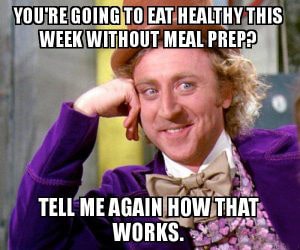 Even when we truly want results, being tired, stressed, or pressed for time is often the catalyst for bad decisions and mindless eating.
Even when we truly want results, being tired, stressed, or pressed for time is often the catalyst for bad decisions and mindless eating.
You might not eat that apple you brought with you for a snack because you just have to gorge on some M&Ms right then, but that apple is there. It’s an option, and some days you’ll choose the apple when you’re feeling strong and committed to change.
This is all the instruction we want to give you for meal planning because we don’t want you to feel restricted by outlines or rules.
There are no rules! There is no right and wrong way to meal prep. The right way is whatever method works for you, given your family, lifestyle, and schedule.

